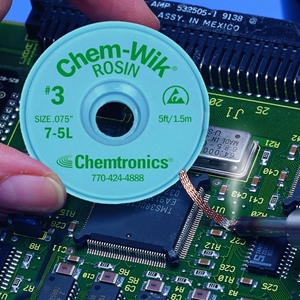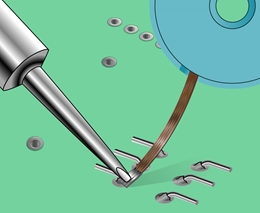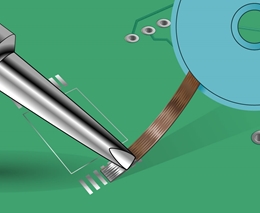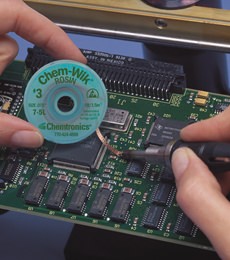
Your Sample Request
Chem-Wik Rosin Flux Desoldering Wick
*=required field
TDS
REGS
SDS
Chem-Wik Rosin Flux Desoldering Wick
Chem-Wik Desoldering Wick ensures fast and safe desoldering with ultra-pure, oxygen-free copper braid that quickly and completely removes solder from circuit boards and components. Its fast wicking action protects components from harmful heat damage.
All wick is sealed in nitrogen-purged packaging to avoid corrosion and loss of performance from moisture and oxygen.
 |
| 25 bobbins in resealable pouch |
Features & Benefits
- Chem-Wik Rosin 5' spools packaged in ESD-safe static dissipative bobbins
- Requires little or no post solder cleaning, no corrosive residues
- Optimized weave design for faster wicking and heat transfer
- Halide free
- Coated with ultra high purity, noncorrosive Type R rosin flux
- Quickly and thoroughly removes solder
- Fast wicking action protects components from harmful heat damage
Specifications
- MIL-F-14256F Type R
- NASA STD-8739.3 Soldered Electrical Connections
- ANSI/IPC J STD-004, Type ROL0
- DOD-STD-883E, Method 2022







